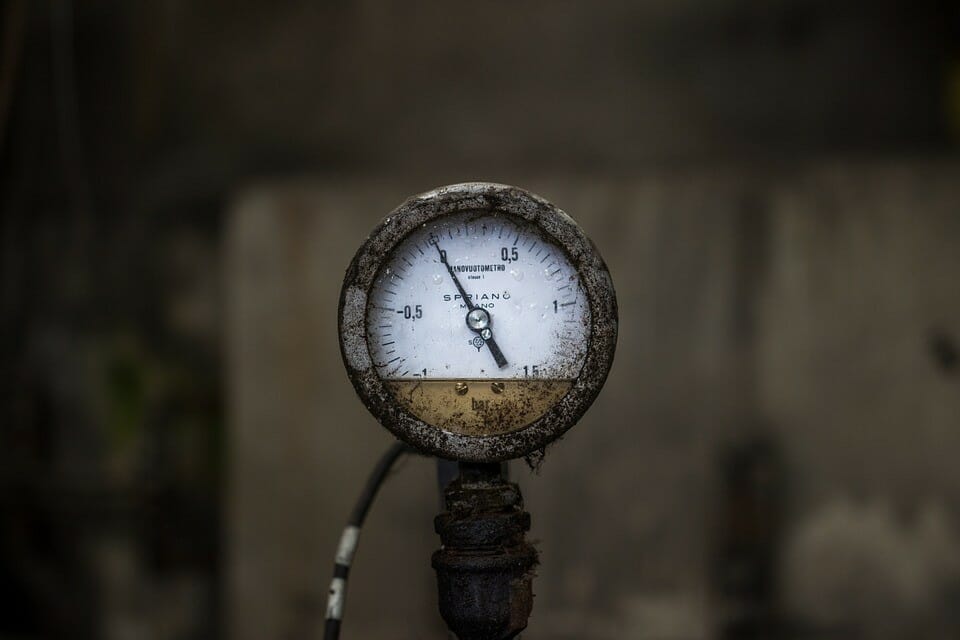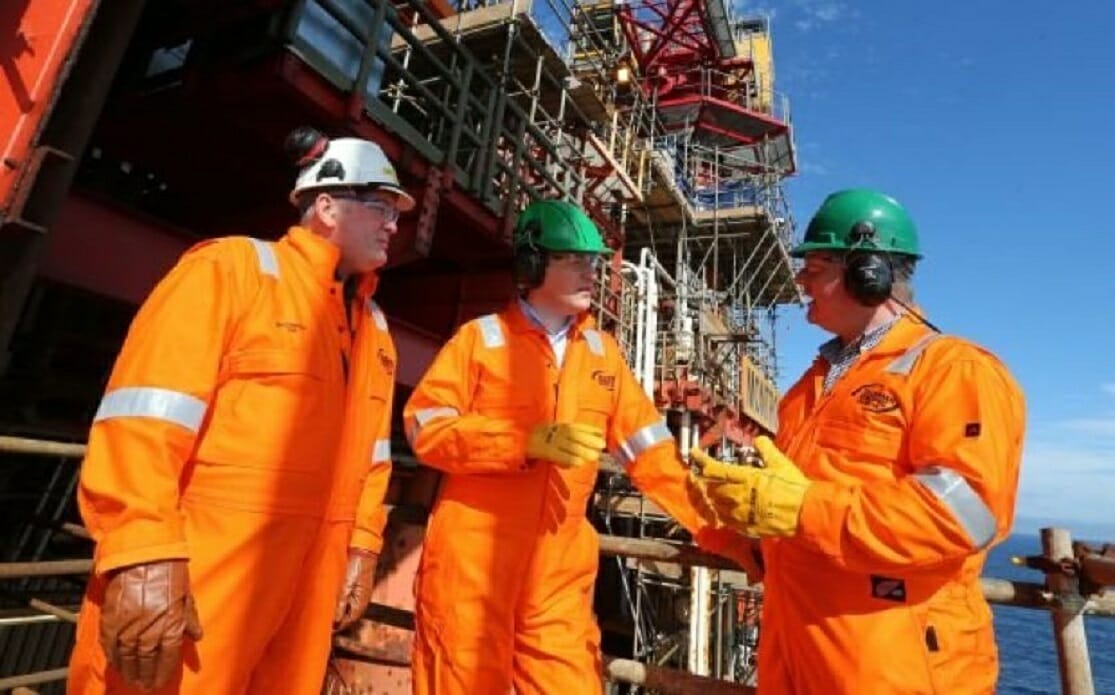Deepwater Production
Since the first offshore drilling in 1947, there has been many remarkable advancements recorded in the industry of deepwater production. From drilling on a wooden pile platform in the Gulf of Mexico, deepwater drilling has come a long way off.
It can be visible on its humble beginning and advanced its oil rigs to steel-jacketed platforms. Statistics show that there are already more than a 1,300 offshore rigs worldwide as of January 2018. The advancement of the drilling resulted to the increase of its production.

Deepwater Drilling and Its Process of Production
Deep-water drilling is the exploration for oil and natural gas deposits beneath the earth’s surface through the seabed. Oil platforms are placed in bodies of water and extract and store large amounts of oil or natural gas until brought to shore for refining (Rachel Kalick, 2014).
Before oil companies use a mobile offshore drilling unit (MODU) to dig the well, they use sonic equipment first to determine where there are most likely to be large oil deposits. To produce oil on site or take the deposits on shore to produce depends on what type of MODU the company uses.
Once oil is found, it is sealed for the protection of the surrounding environment and crew. It is where risers send the fluid from the well up to the production deck. Oil and gas are truly some of the most important raw materials we have. These are also important for the number of jobs they provide.
Production Advancement of Deepwater Drilling Industry
Deepwater production systems are being examined for modification of their current designs and existing assets. By creating systems with a wider measure of opportunities, the need to deliver more value at a lower cost may be possible.
The first sign of resurgence showed in January 2017 when the oil price hit $55 for the first 18 months. It stayed above $50 in the first quarter, and appeared to be progressively improving in its following year of 2018.
With some crudes holding above $60-$70/bbl, this level has resulted in the strongest oil price in five years according to analysts. Predictions of a resurgence in deep water is the topic across the board. With this, the need for another evaluation of the traditional concepts of the industry is not far at hand.
Meanwhile in North America, producers operating in the unconventional oil and gas basins learned to optimize creation designs . This is to make production in a post-downturn industry economic. With the steadily improving commodity pricing, trends in completion and production become a challenge in each of the prolific shale basins.
Some of the production units preparing for work and moving out of the inactive fleet are the BW Adolo FPSO vessel and the Golar LNG’s Hilli Episeyo.
The Future of Deepwater Drilling
Many innovative concepts are being drawn to the table, with more technologies for potential improvement of drilling and production. Getting third-party approval from classification societies is just one of the ideas to the field.
Just recently, a number of Approval in Principle (AIP) were confirmed for designs that display some impressive new capabilities and efficiencies.
Despite the struggle in an extended downturn, many companies have looked for ways to deliver new designs. They are up for creating economic opportunities to sustain oil and gas export and production. But along with the downturn comes endless possibilities that could create significant impact to the oil and gas industry.
Click here to read more articles related to this.
Click here to follow our LinkedIn Page.






















